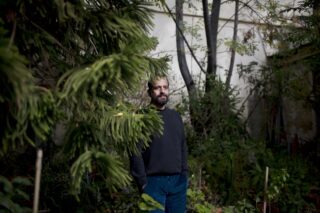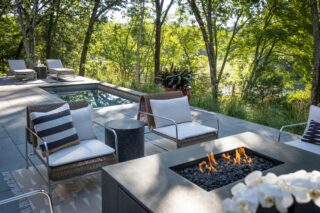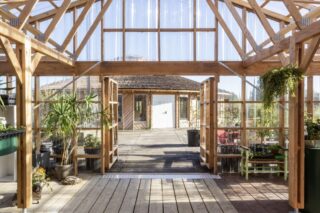San Sebastian hosted the inaugural European Collective Housing Award, celebrating innovative and sustainable collective housing projects across Europe, with an esteemed jury led by renowned architect Anne Lacaton.
San Sebastian recently became the epicenter of architectural excellence, hosting the inaugural European Collective Housing Award (ECHA) from May 30 to June 1. Organized by the Basque Country Architecture Institute and Arc en Rêve Centre d’Architecture, in collaboration with the Basque Government’s Department of Territorial Planning, Housing, and Transport, this event celebrated outstanding achievements in collective housing across Europe.
The ECHA aimed to elevate housing policy discourse and architectural innovation by recognizing projects that positively impact communities and promote sustainable urban development. On May 31, the award winners were announced by an esteemed jury led by Anne Lacaton, a renowned architect and Pritzker Prize laureate, known for her ethical and human-centered approach to design. The jury also included notable figures such as Kristiaan Borret, Emanuele Coccia, Fernanda Canales, and Christian Hadaller, reflecting the award’s dedication to diverse perspectives. Submissions were open from February 15 to April 2, inviting innovative collective housing projects from across Europe.
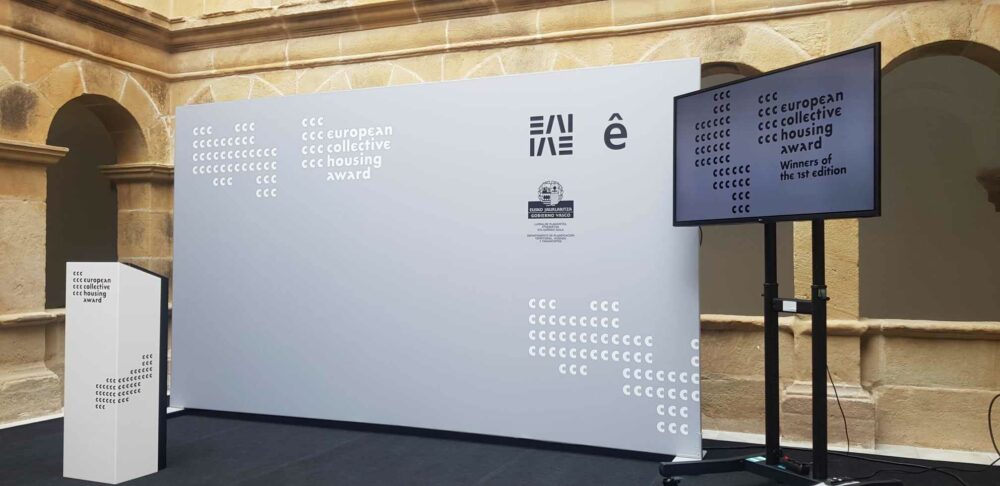
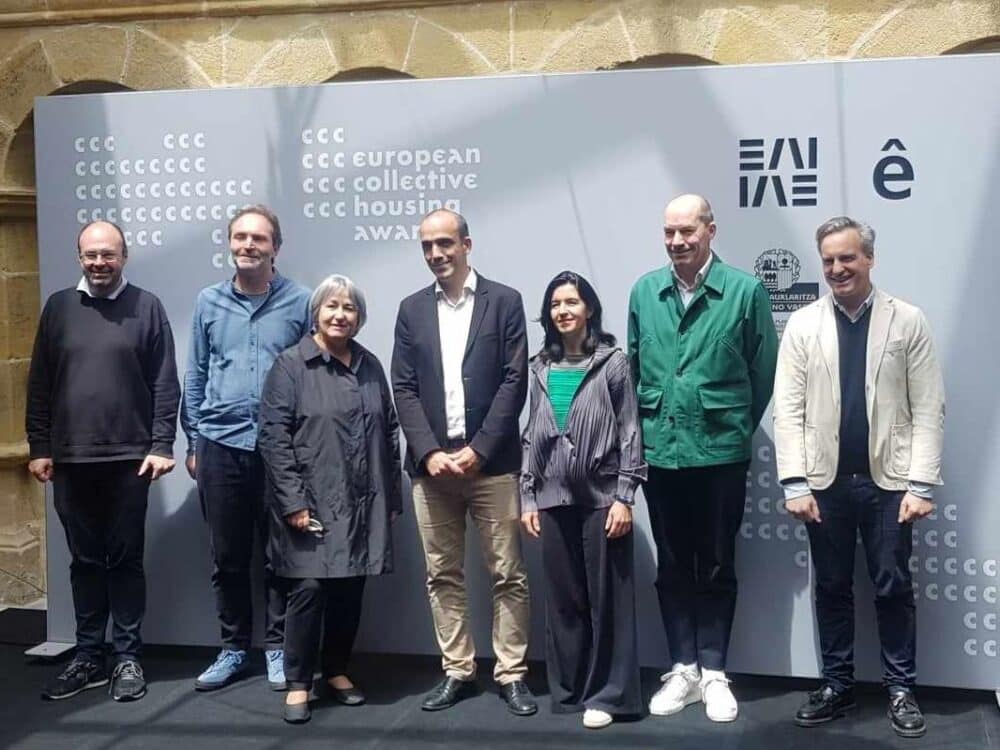
New Construction Category: La Borda, Barcelona
La Borda, located in Barcelona, was awarded in the “New Construction” category at the inaugural European Collective Housing Awards. This pioneering project, the first cooperative housing building in Spain under the innovative “grant of use” model, was praised for its integrated and community-focused approach to urban development. Anne Lacation, president of the jury, stated:
“The reason why the jury has selected this project is it’s a well-known project but an outstanding example of the development of collective housing in the city at all stages of the process. The architecture brings generosity and shows that transforming the limits of contemporary life reverses technical challenges into resources.”
Since 2012, La Borda has been developed by a group of residents in Barcelona in response to Spain’s housing crisis. Through a fully democratic process, the project aims to create an equal, intergenerational community, offering an alternative to homeownership and renting. The grant of use model allows the cooperative to use the land for 75 years in exchange for an annual fee. The 28 apartments, completed in 2018, house 60 people and include communal spaces to foster community living. La Borda represents a successful cohabitation between individuals, collective life, and public engagement.
“The housing concept brings a new imagination of living and giving together, it’s a successful cohabitation between individuals, common life, and public engagement,” according to Anne Lacation.
The project also emphasizes sustainability by using passive construction techniques and local materials while maintaining a high quality of life. This initiative has not only transformed a neighborhood but also demonstrated that a cooperative model can combine affordability and quality while addressing contemporary technical challenges.
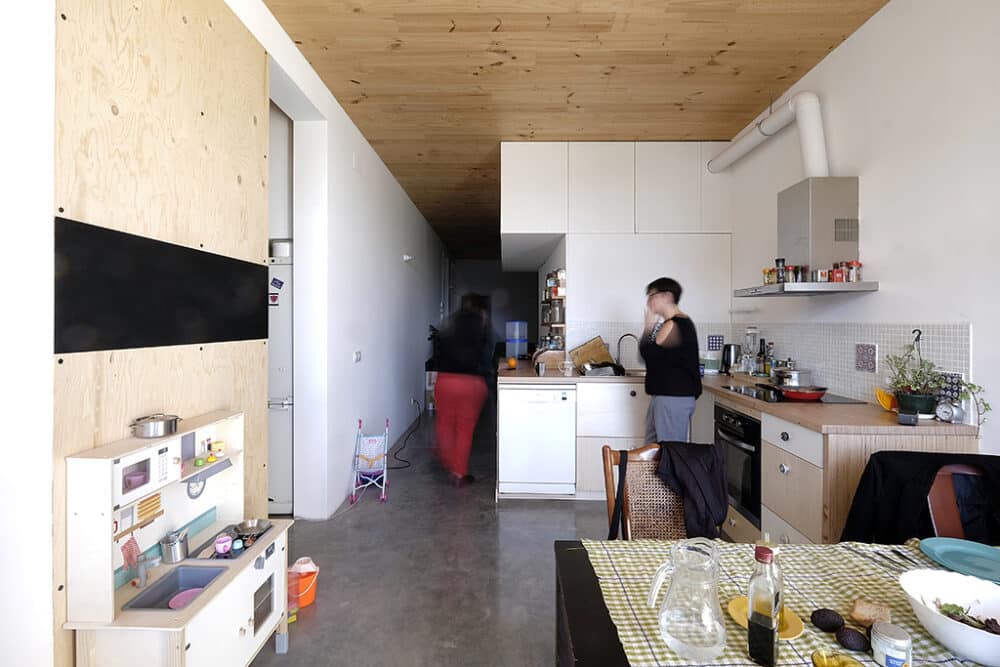
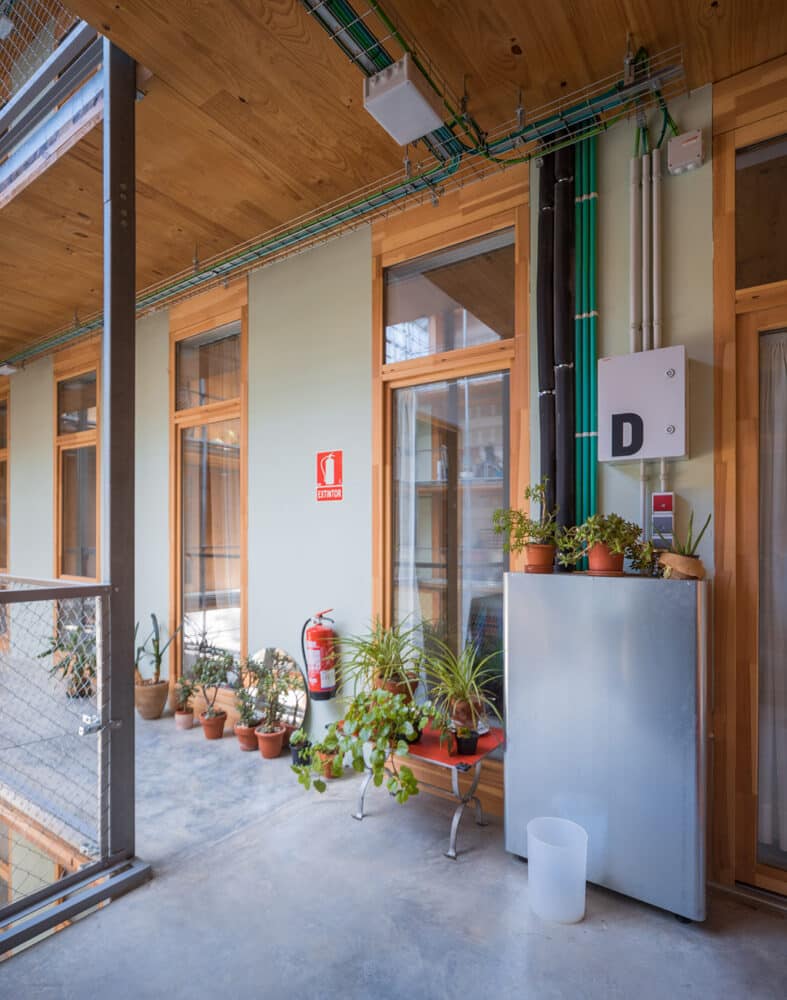
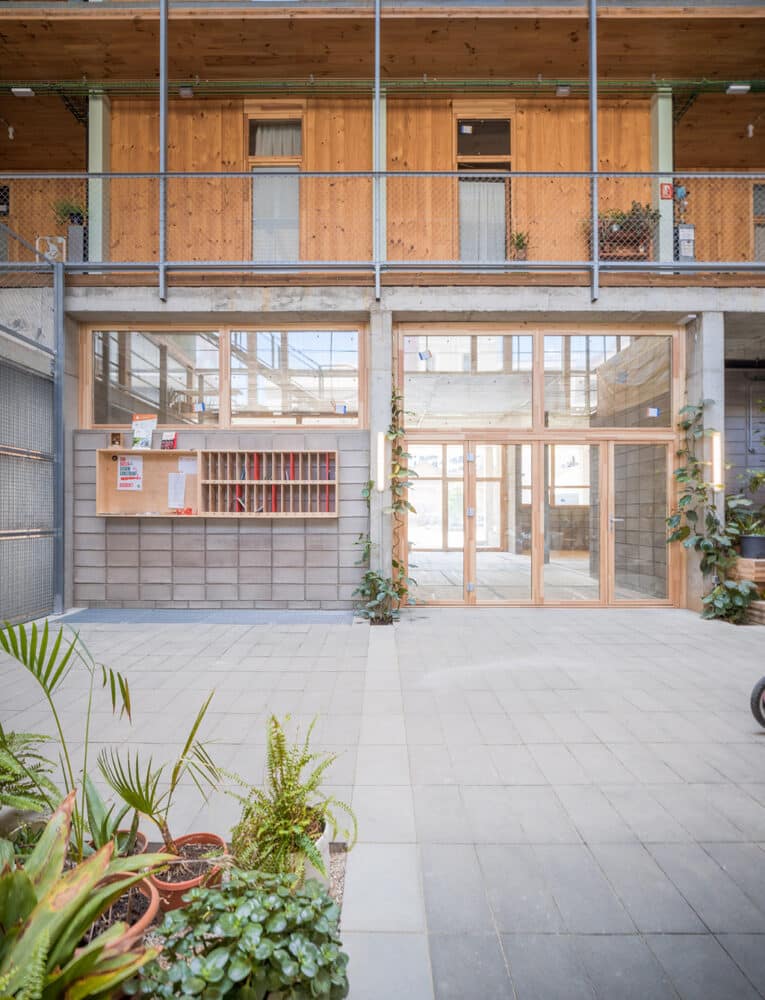
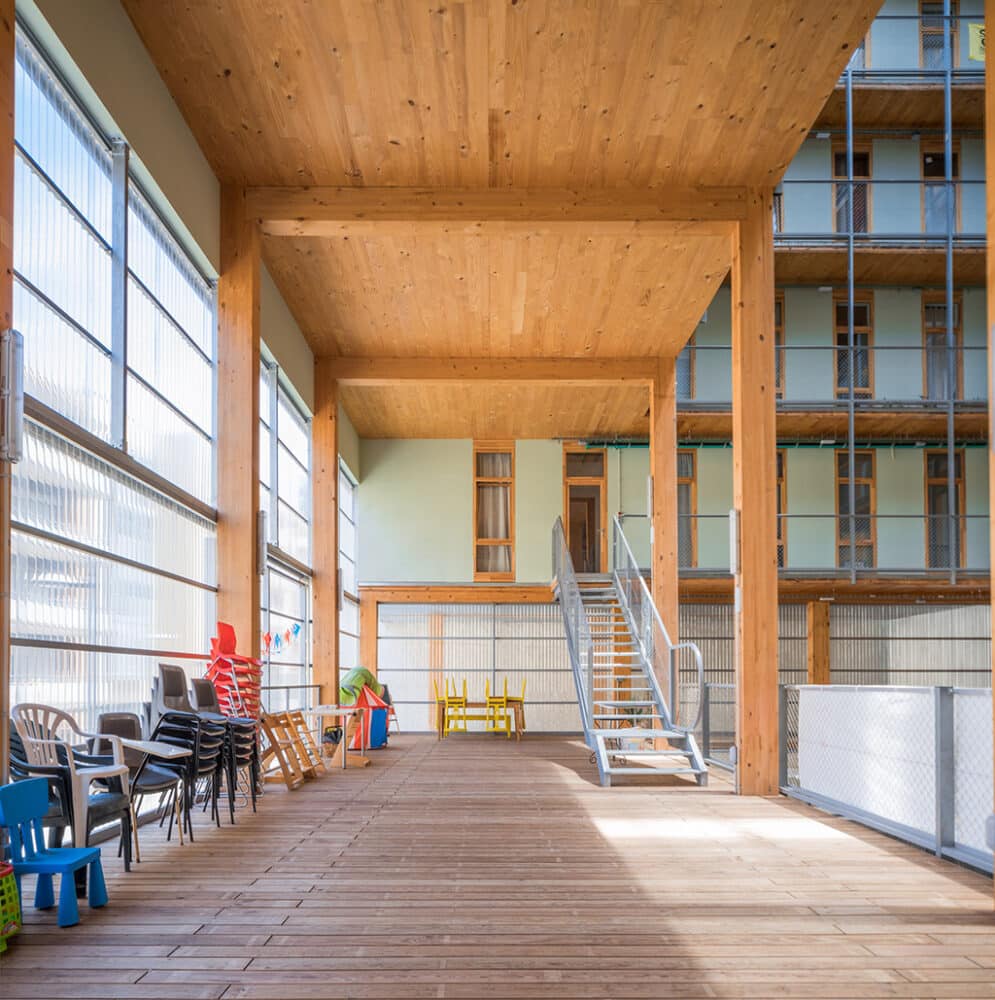
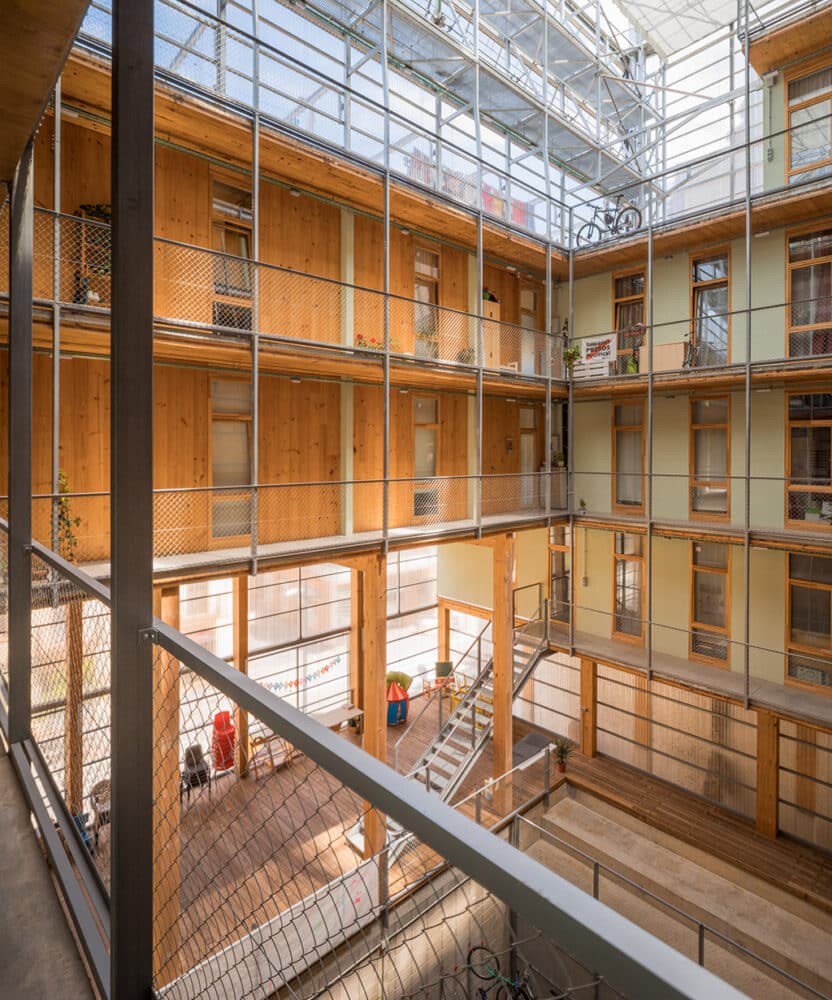

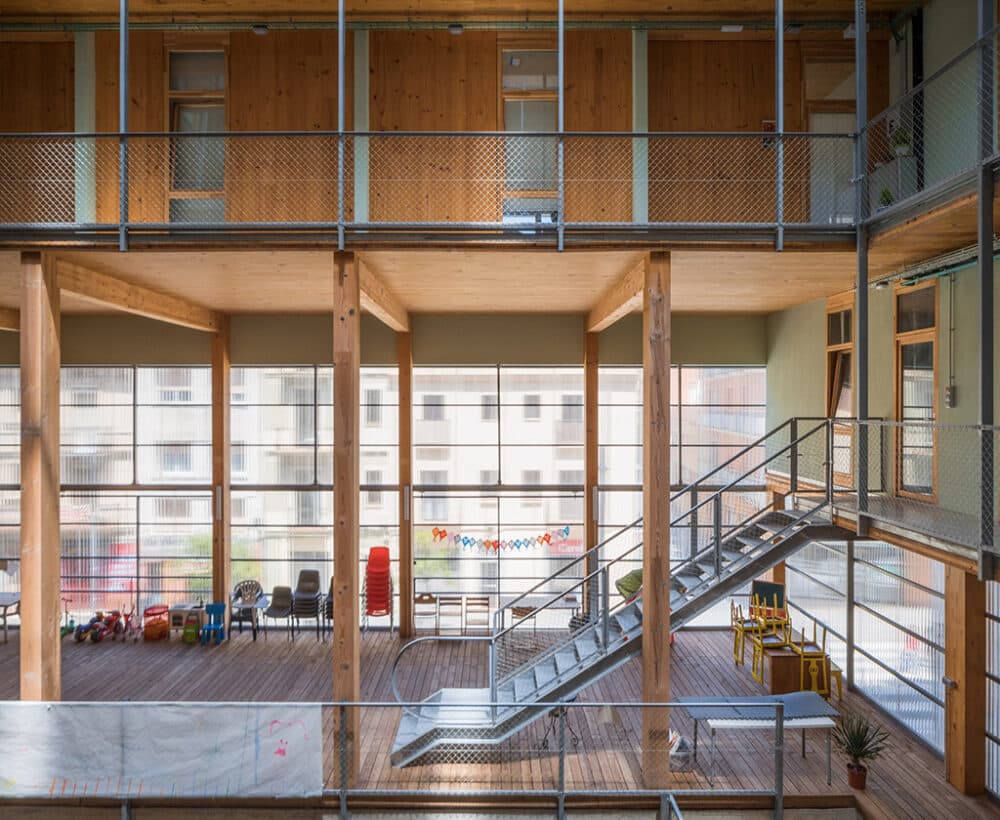
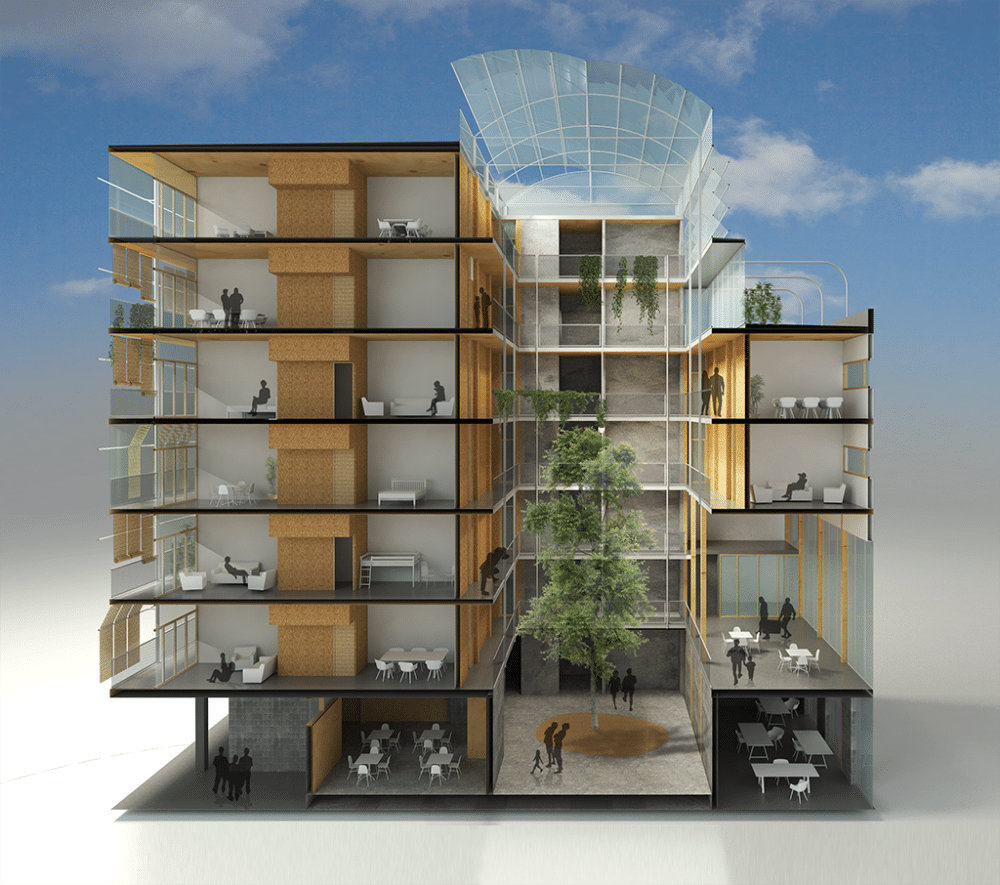
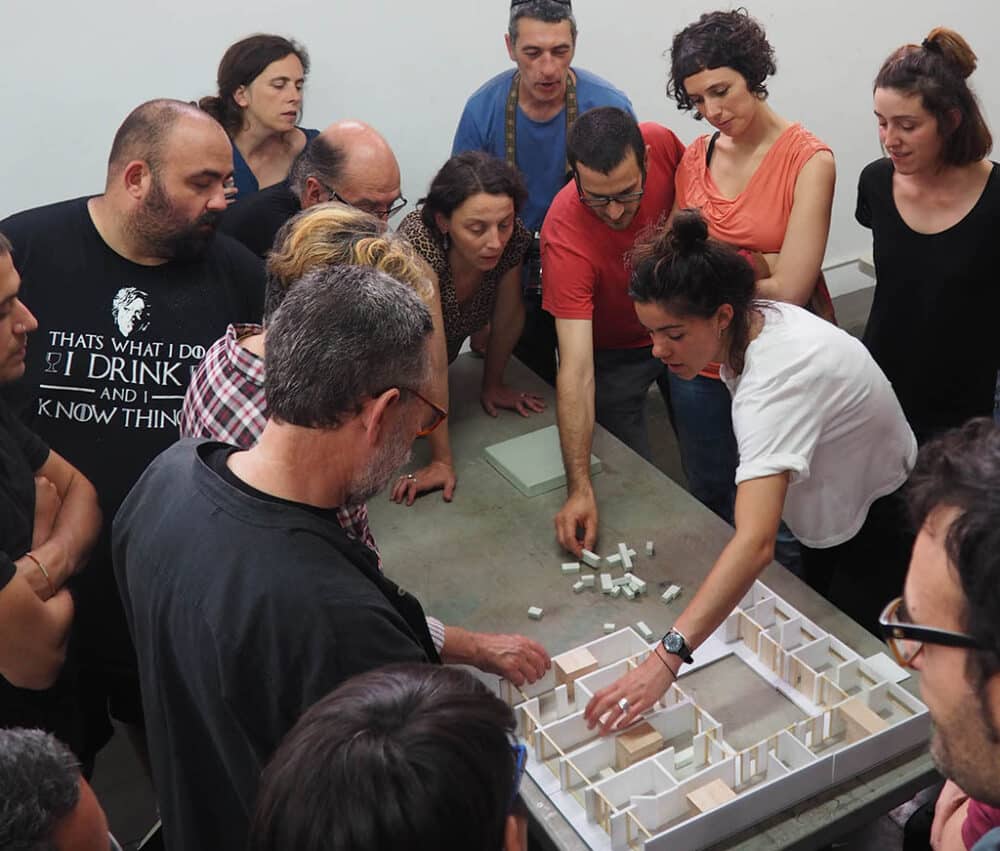
Renovation Category: Former Wine Storage as an Apartment Building
The transformation of a former wine storage building in Basel, Switzerland, into a modern apartment building by Esch Sintzel Architekten has been awarded the Renovation Category prize at the European Collective Housing Awards. This innovative project, completed in 2023, has repurposed an existing warehouse structure into 64 diverse residential units, proving the immense value of reusing utilitarian buildings. Anne Lacation praised the project, stating:
“The project proves that utilitarian buildings have value and can support new creative projects that bring something good to the neighborhood and the city. It brings not only quality but additional life. It is sustainable in the most fundamental way, thanks to the reuse of the existing structure in concrete, which should be solidly considered in the decarbon balance.”
The original wine storage, characterized by its massive mushroom columns, was carefully preserved and integrated into the new design. The architects added three new residential floors atop the existing three-story structure from the 1950s, along with a common room, laundry facilities, and a roof terrace. This creative adaptation not only retained the historical essence of the building but also introduced modern living spaces that cater to various household sizes and needs. The conversion highlights the potential of architectural reuse in contributing to sustainability and community enrichment, as emphasized by Lacation:
“It shows that transforming the existing creates new and unexpected quality of housing that challenges the standard typologies.”
In addition to the diverse apartments, the building now features extensive communal areas, including a café, fitness center, and rehearsal rooms, fostering a sense of community among residents. The integration of photovoltaic modules on the roof and the use of a groundwater heat pump for heating and cooling further enhance the building’s sustainability credentials. The project’s success demonstrates how innovative design and thoughtful reuse can breathe new life into existing structures, providing high-quality, affordable housing while preserving the environment and enriching urban life.
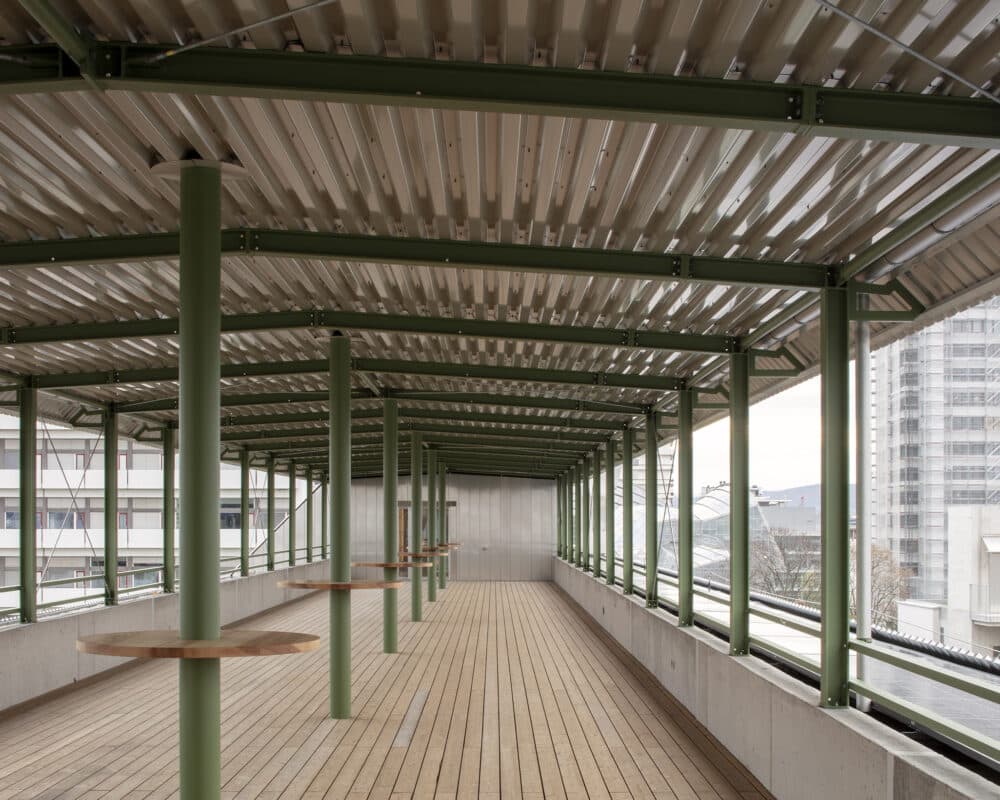
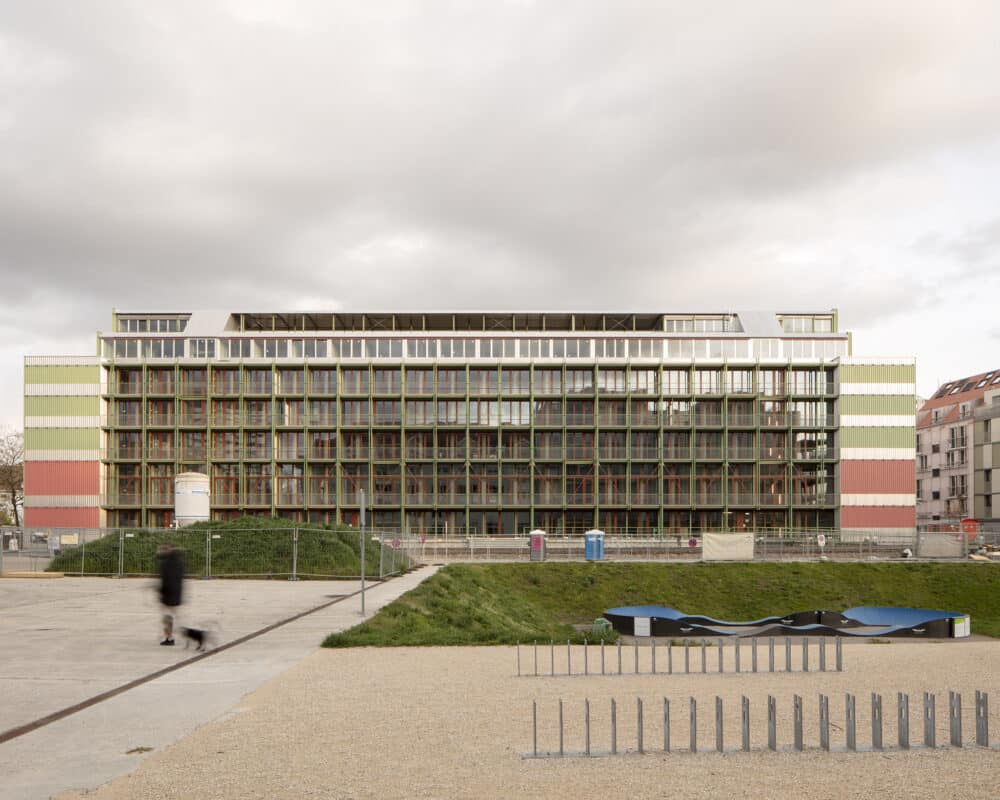
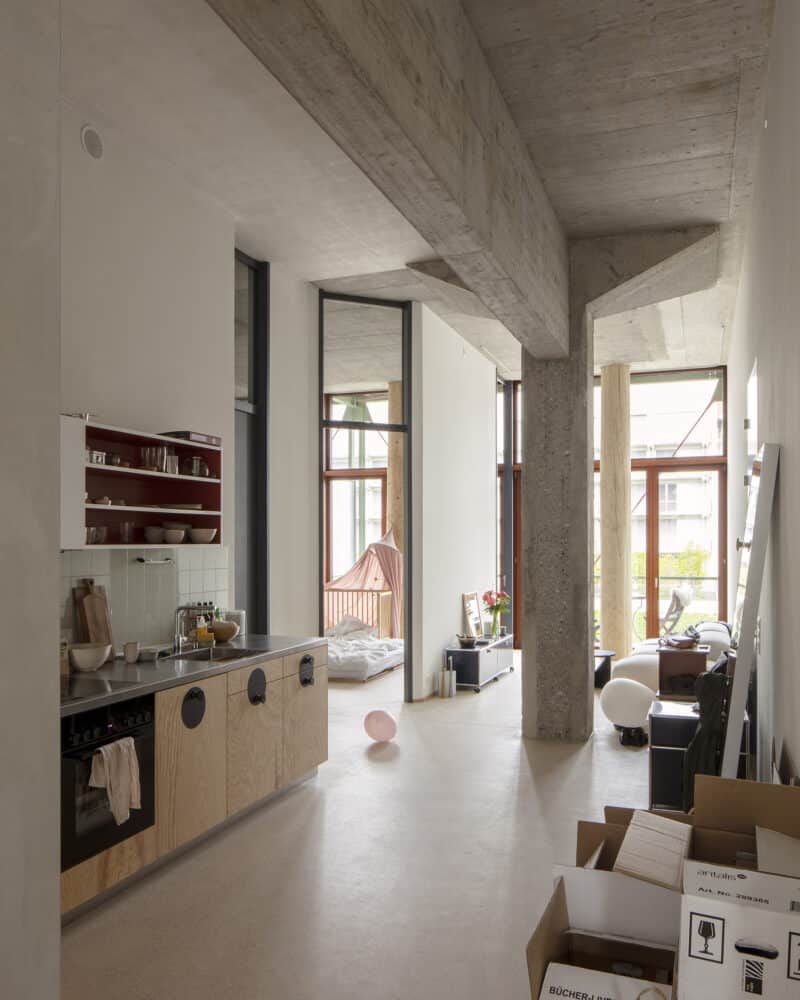
Special Mentions and Jury Reasoning: Preserving Structures and Communal Spaces
During the European Collective Housing Awards ceremony, two projects received special mentions for their innovative approaches to housing and sustainability. The first mention was awarded to the Eco project in Bordeaux, located in the Bastille de Ville Eco district. The second mention went to the renovation of a parking structure in Sheffield, United Kingdom. Anne Lacation explained that the decision to award these special mentions was not pre-planned but was a collective decision made by the jury. She emphasized that these projects were recognized for addressing critical topics such as climate change and innovative housing conditions. The Eco project in Bordeaux stood out for its integration of green spaces as a fundamental part of the design, while the Sheffield renovation was notable for avoiding demolition and focusing on effective reuse and renovation of existing structures.
Lacation further elaborated on the jury’s selection criteria, highlighting the importance of materials, sustainability, and the overall quality of living spaces. She noted that all the projects discussed had special considerations regarding materials and sustainability. However, the most critical criteria were the quality of communal spaces and public engagement. Lacation praised the projects for creating unique and inventive living spaces, particularly through the reuse of existing industrial buildings, which often presented unconventional dimensions. This approach preserved the structures and transformed them into outstanding residential projects with new typologies that would not be possible in standard housing designs. Selecting the winners involved profound discussions and a balanced evaluation of each project’s impact on sustainability and community life, demonstrating the potential of architecture to foster good relations and enhance everyday living.





